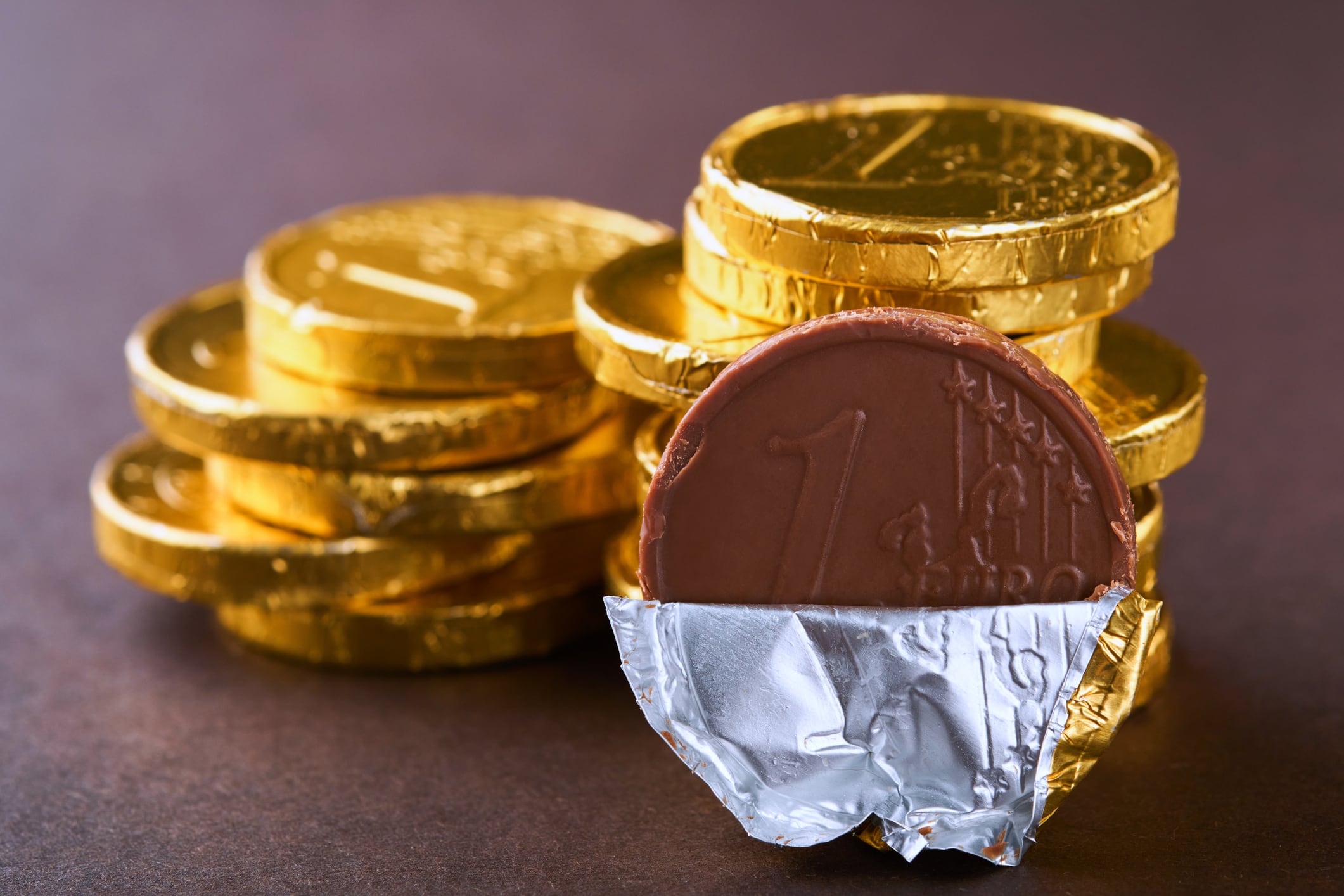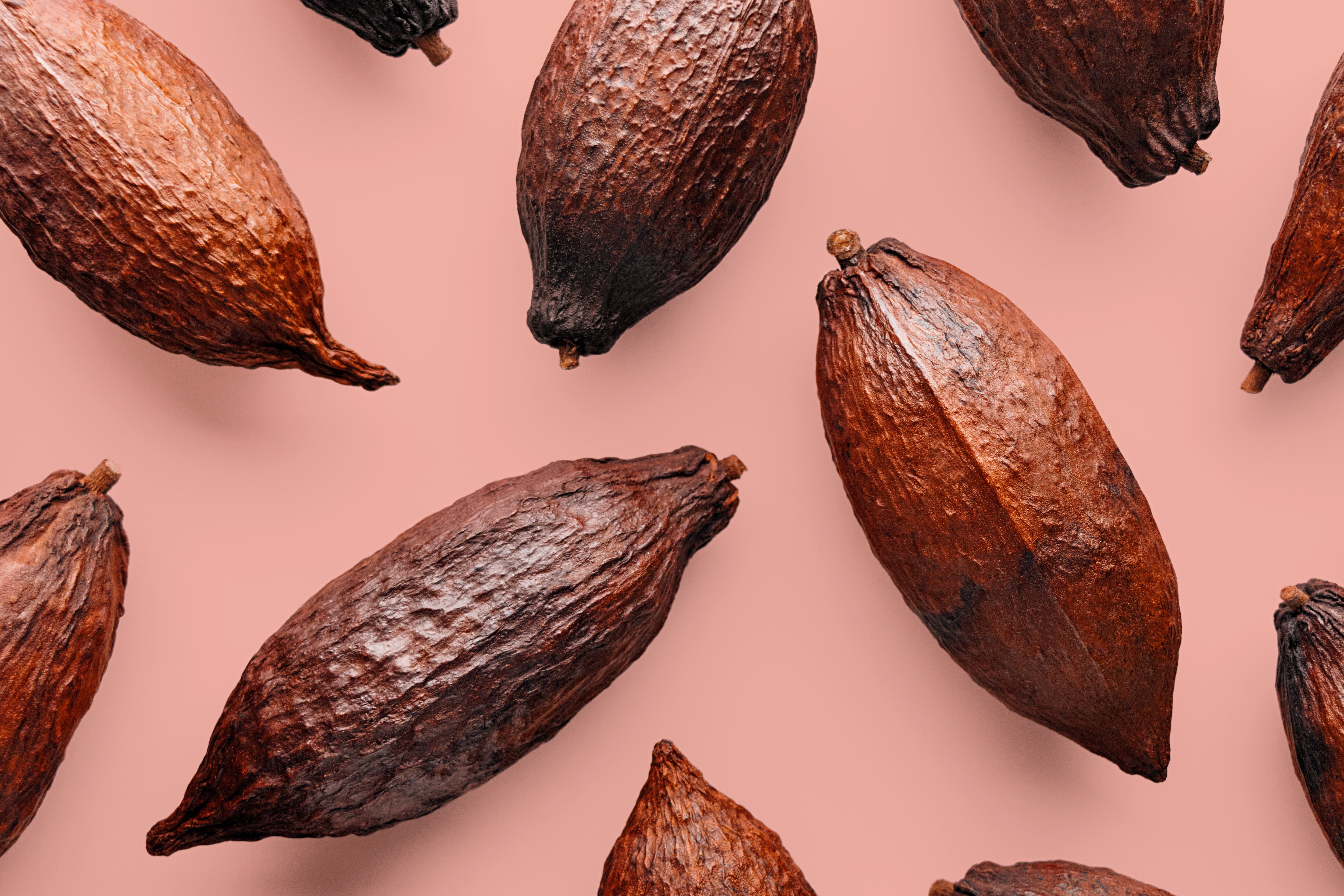Cocoa prices have recently reached record highs, plunging the cocoa sector into disarray and damaging the financial outlook for large-scale manufacturers.
Such cataclysmic price increases are often chalked up to climate change and swollen shoot disease. But there could be a more sinister contributing factor.
Gold mining and cocoa prices
Ghana’s illegal gold mining sector, locally called ‘galamsey’, is having a significant impact on cocoa prices, the FT reported. Many cocoa farmers, who have not felt the benefits of these price increases, have in turn switched to gold mining.
Gold mining’s effect on cocoa prices comes down to the impact it has on soil quality, as the chemicals released during the mining process impact the tree’s growth and fruiting abilities.
Economic uncertainties, driven by US president Donald Trump’s tread tariff threats, has further compounded the issue as gold is sought as a safer form of investment. This in turn drive more gold mining, especially illegal forms.
How mining activities can affect yields
Ghana and gold have a long history. Gold dust was used as a currency by Ghana’s Ashanti Empire in the 19th century, and when it was a British colony the West African country was known as the ‘Gold Coast’.
The precious metal is still abundant within the land today. Galamsey, or illegal, small-scale gold mining, can prove attractive for farmers getting poor returns from cocoa despite posing significant dangers to workers themselves.
Chemicals such as mercury and cyanide, which are used to extract gold from the soil, can pollute rivers. In some regions, this has led to the Ghana Water Company reducing its clean water supply by 75% last year, leading some to speculate Ghana could become an importer of water.
It also has a negative effect on soil health, impacting cocoa yields significantly. According to the Beyond Beans Foundation, toxic substances from mining, including mercury, lead and arsenic, have poisoned the soil.
“The chemicals used in gold mining - including arsenic and mercury - drastically pollute both soil and water sources. This has very serious negative impacts on the yields on the farms that remain or where gold wasn’t found,” explains Antonie Fountain, managing director of the non-profit Voice Network.
“Small scale gold mining has even more impact on farms where gold is found; these farms are often stripped of trees and turned into a desolate lunar waste, full of craters and pools of toxic water,” says Fountain.
Beyond the chemicals, other mining activities can negatively affect soil health as well. According to the Beyond Beans Foundation, the topsoil is stripped away as part of the mining process, leading to unfavourable micro-climatic conditions for cocoa yields.
Around 19,000 hectares of cocoa farms have been lost by gold mining activities, according to the Ghana Cocoa Board.
Why has the problem worsened?
While illegal gold mining, and its impact on cocoa farms, has been an ongoing problem in Ghana for some time, the problem may have worsened.
According to data from Trading Economics, the price of gold has continued its upwards trajectory, becoming steeper since the beginning of the year. The price of gold reached $2949.90 per troy ounce on 24 February.
Even gold futures continue to rise, as fears around Trump’s tariffs have yet to abate.



